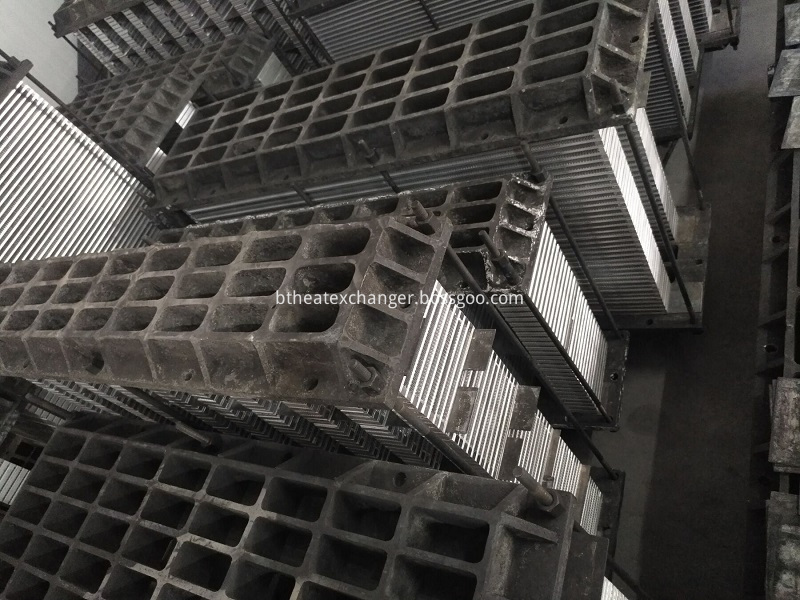I. Interference effects In the analysis of atomic absorption spectrometry, interference effects can be divided into four categories according to their nature and causes:
1. Physical interference 2. Chemical interference 3. Ionization interference 4. Spectral interference 1. Physical interference Physical interference refers to any physical property (such as viscosity, surface tension, density, etc.) of the sample during transfer, evaporation, and atomization of the sample. The effect of a decrease in atomic absorption intensity due to changes in Physical interference is non-selective interference, and the effects on the elements of the sample are basically similar.
Preparing a standard sample that is similar to the sample being tested is the most common method of eliminating physical interference. When you do not know the sample composition or can not match the sample, standard addition or dilution can be used to reduce and eliminate physical interference.
Chemical interference Chemical interference is caused by the formation of a thermodynamically more stable compound between the atoms of the analyte element in the liquid or gas phase and the interfering species, thereby affecting the dissociation and atomization of the analyte compound. Phosphate interferes with calcium, and silicon and titanium form indissoluble oxides, tungsten, boron, and rare earth elements to generate hardly dissociated carbides, so that the relevant elements cannot be atomized effectively, and are examples of chemical interference. Chemical interference is a selective interference.
Methods for eliminating chemical interference include: chemical separation; use of high-temperature flame; addition of release agents and protective agents; use of matrix modifiers. For example, phosphate does not interfere with the determination of calcium in high-temperature flames. The addition of antimony, bismuth, or EDTA eliminates the interference of phosphate on calcium determination. In the graphite furnace atomic absorption method, a matrix modifier is added to increase the stability of the measured substance or reduce the atomization temperature of the measured element to eliminate the interference. For example, mercury is highly volatile. Mercury sulfide with high sulfide stability is added. The ashing temperature can be increased to 300°C. Cu, Fe, Mn, and As in seawater can be measured. NH4NO3 can be added to convert NaCl to NH4Cl at the atom. The ashing stage below 500[deg.] C. is removed prior to crystallization.
3 Ionization interference Atomic ionization at high temperatures reduces the concentration of ground state atoms, causing the atomic absorption signal to decrease. This type of interference is called ionization interference. The ionization effect increases with increasing temperature and the ionization equilibrium constant, and decreases with the increase of the concentration of the measured element.
The addition of more easily ionizable alkali metal elements can effectively eliminate ionization interference.
4 Spectral interference Spectral interference includes spectral line overlap, non-absorption lines in the spectral passband, direct-current emission in the atomization cell, molecular absorption, and light scattering. When sharp line light sources and AC modulation techniques are used, the first three factors can generally not be considered. The main considerations are the effects of molecular absorption and light scattering, which are the main factors that form the spectral background.
2. Absorption of molecular absorption and light scattering Molecular absorption interference refers to the interference of gas molecules, oxides, and salt molecules generated in the atomization process to radiation absorption. Figure 3.10 shows the absorption spectrum of sodium halide molecules. band. Light scattering means that solid particles generated during atomization scatter light, causing the scattered light to deviate from the optical path without detection by the detector or detector, resulting in a high absorbance value. In addition to the wavelength characteristics, the spectral background is also There are time and spatial distribution characteristics. Molecular absorption is usually preceded by an atomic absorption signal. When there are fast response circuits and recording devices, the molecular absorption and atomic absorption signals can be resolved in time. The inhomogeneity of the distribution of the sample vapor in the graphite furnace leads to an inhomogeneity in the spatial distribution of the background absorption.
Increasing the temperature increases the background concentration of the evaporated material per unit time and also increases the dissociation of molecules. These two factors together constrain background absorption. In a constant temperature furnace, the temperature and heating rate are increased, and the molecular absorption is significantly decreased.
In the graphite furnace atomic absorption method, the effect of background absorption is more severe than that of the flame atomic absorption method. If the background is not subtracted, the measurement cannot be performed at all.
Vacuum Brazing Furnace And ToolIng Fixture
Vacuum brazing plate&bar coolers have been widely used in automobile, engineering machine, compressor
and so on. The heat exchangers made by vacuum brazing process have good air
tightness, high brazing quality, high cleanliness and good surface gloss.Herein,
the vacuum brazing process is being widely used in heat exchanger field. According
to practical production`s need, all kinds of fixtures and brackets used in the
vacuum furnace are also constantly updated. The mature brazing fixtures are
playing an important role which ensure heat exchangers with full uniform heating as well as energy saving. We can make all kinds of standard and non-standard
tools and fixtures for customers by casting, metal plate, cold work and other
methods. 
Plate Bar Coolers Brazing Fixture,Vacuum Brazing Tooling Clamp,Heat Resistant Steel Tooling,Vacuum Brazing Furnace
Wuxi Better Technology Co., Ltd , https://www.btheatexchanger.com